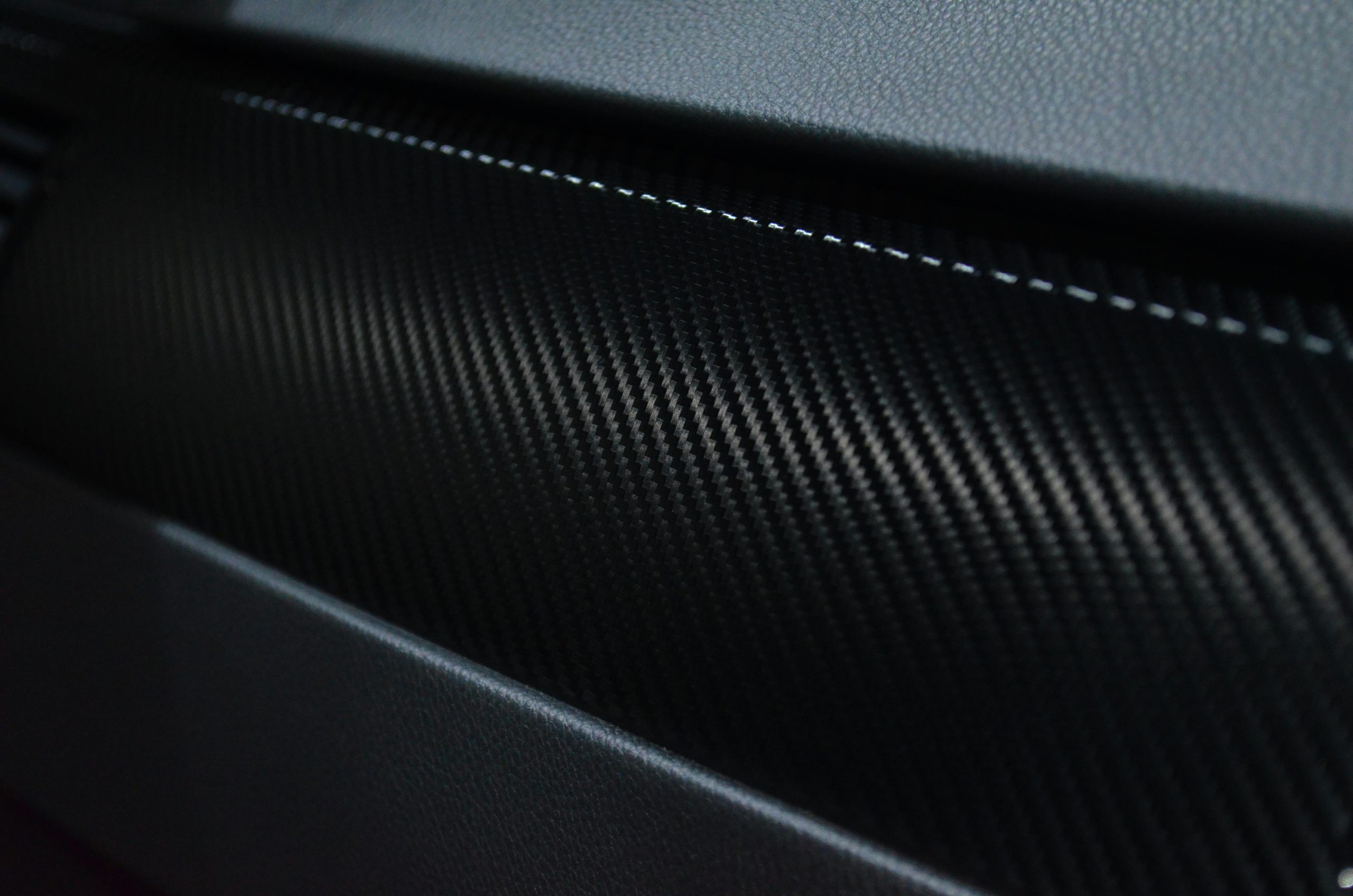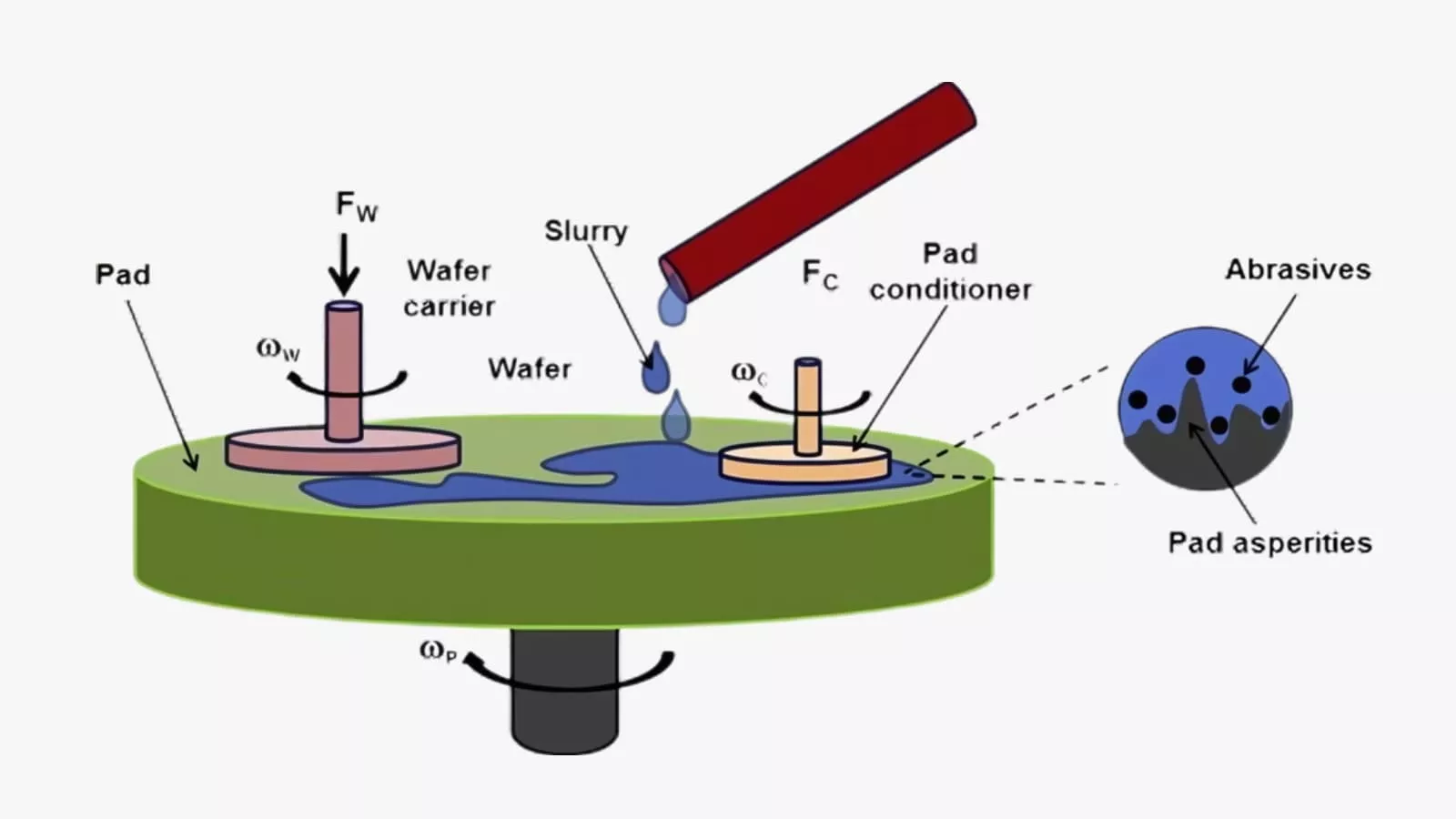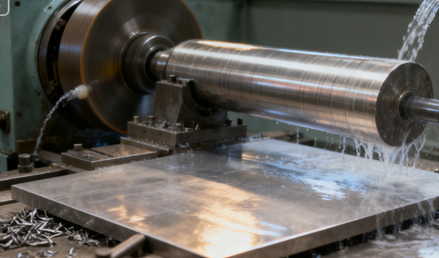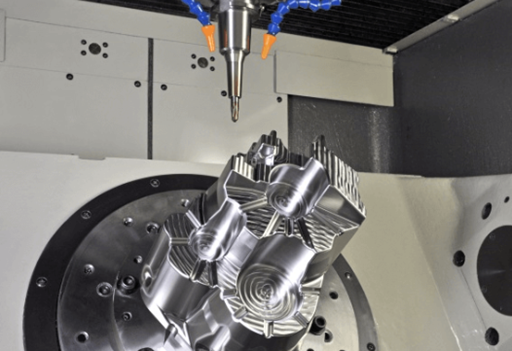When it comes to sheet metal fabrication, choosing the right sheet metal cutting method is not just important—it’s essential. The method you select can significantly impact the quality, precision, efficiency, and cost-effectiveness of your final product. By carefully considering factors such as material type, thickness, edge quality, and production speed, you can make an informed decision that aligns with your specific needs.
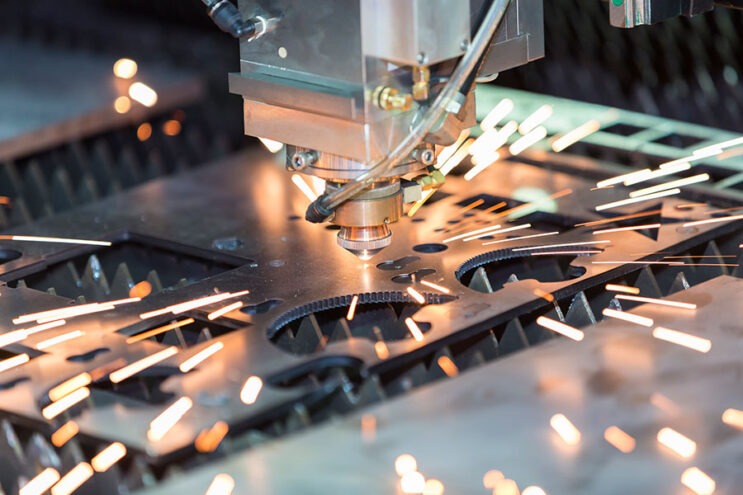
In this guide, we will introduce three sheet metal cutting methods that stand out in the industry: Laser Cutting, Plasma Cutting, and Waterjet Cutting. Each method offers distinct advantages and is suited to particular applications based on the material and desired outcomes. By understanding the strengths of each method, you can select the one that best meets your requirements, ensuring optimal results and efficiency in your fabrication process.
How It Works
Sheet Metal Laser Cutting: Precision and Speed for Thin Materials
Ever wondered how intricate metal parts are made with such precision? Laser cutting is the answer! The process begins by focusing the laser beam onto the material’s surface, where the intense heat generated by the beam melts, burns, or vaporizes the material. Simultaneously, a jet of gas is directed at the cutting area to blow away the molten debris, resulting in a clean and precise cut. This method is particularly effective for thin to medium-thick materials, such as stainless steel and aluminum, and is capable of achieving intricate designs and tight tolerances, making it ideal for applications that require high accuracy.
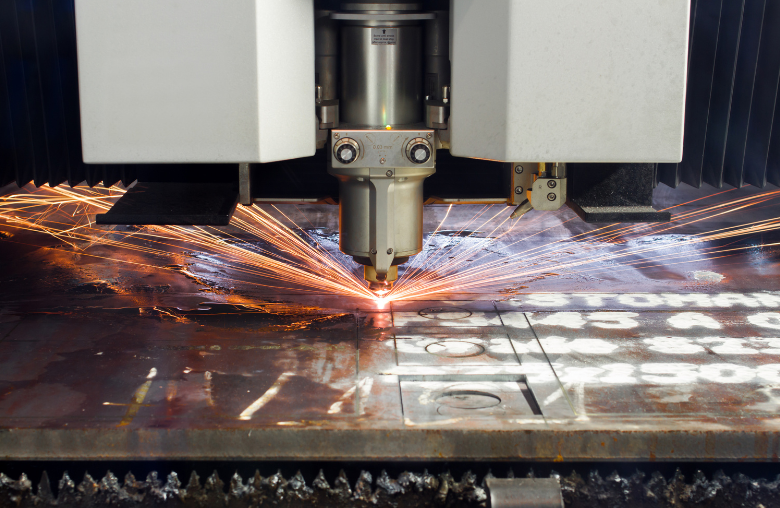
Sheet Metal Plasma Cutting: Speed and Efficiency for Thick Metals
Plasma cutting is a sophisticated method that employs a high-velocity jet of ionized gas, known as plasma, to cut through electrically conductive materials. It uses a high-velocity jet of ionized gas to slice through metals like steel and aluminum with ease. The process starts by creating an electrical path of ionized gas from the plasma cutter through the material. A compressed gas, such as oxygen or nitrogen, is forced through a nozzle at high speed toward the material. An electrical arc forms within the gas, ionizing it and creating plasma. The plasma’s high temperature melts the material, and the gas flow blows the molten metal away, cutting through the material. This method is great for both thin and thick materials, offering quick cuts with decent precision.
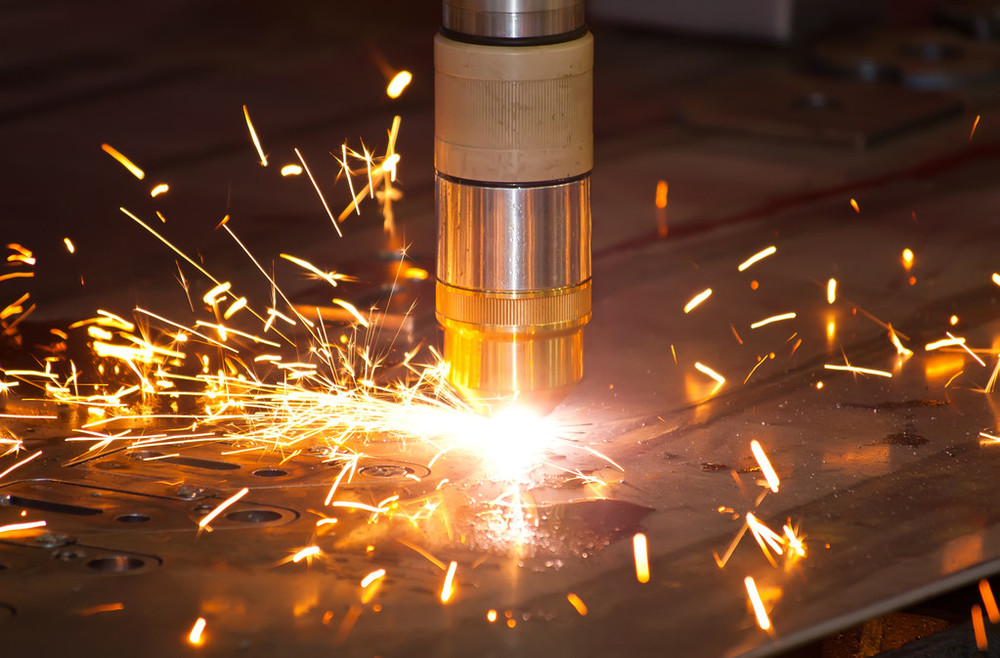
Sheet Metal Waterjet Cutting: Versatility and Precision Without Heat
If you’re looking for a cutting method that delivers precision without compromising the material’s integrity, then waterjet cutting is for you. By using a high-pressure stream of water, sometimes mixed with abrasives, it erodes the material to create precise cuts. The best part? No heat is generated, making it perfect for materials like plastics and composites that can be sensitive to thermal distortion. Plus, it works on a wide range of materials without changing their inherent properties. Choose waterjet cutting for your next project and experience the perfect blend of precision and versatility.
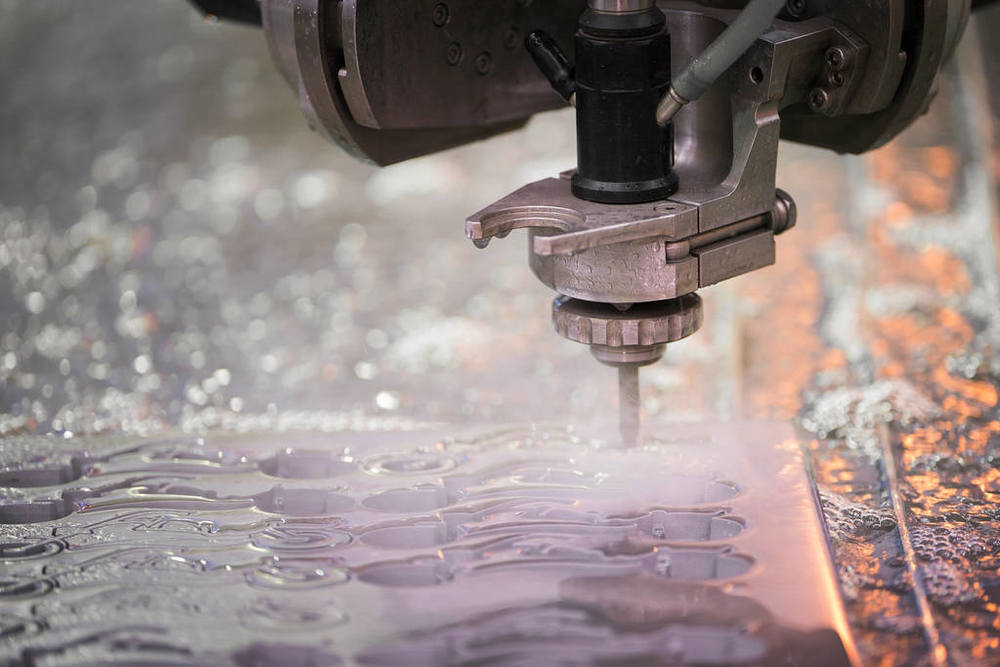
Comparative Analysis: Laser Cutting V.S. Plasma Cutting V.S Waterjet Cutting
Precision
Accuracy is a difficult aspect to ignore when choosing a sheet metal cutting method. Precision varies from one cutting technique to another, so knowing these details will be of vital help to your project.
Laser Cutting: Need clean, detailed cuts? Laser cutting’s got you covered. It hits tolerances as tight as ±0.004 inches—great for when precision really matters.
Here’s the magic: the laser melts or vaporizes the material right where you want it. No blades, no pressure—just clean edges and crisp shapes.
It works especially well with thin sheet metal. Since there’s no physical contact, the material stays steady, and there’s less chance of warping. That’s why it’s a top pick for electronics, aerospace, and medical parts where fine features matter.
Plasma Cutting: If you’re looking to cut thicker metal quickly, plasma cutting is a solid choice. It’s fast and works well on materials like steel and aluminum. However, it’s not the best option if you need super-precise cuts. You can expect tolerances around ±0.039 inches (1 mm) to ±0.020 inches (0.51 mm), depending on the material and thickness. So, while it’s great for big jobs, it might not be ideal for intricate designs.
Waterjet Cutting: Waterjet cutting is excellent for complex shapes. It uses a high-pressure stream of water to make precise cuts in sheet metal, achieving tolerances as tight as ±0.003 inches (0.076 mm). Plus, since it’s a cold-cutting process, there’s no risk of heat distortion, making it perfect for materials that can’t handle heat well.
Speed
Sheet Metal Plasma Cutting: Plasma cutting is the fastest for thick materials. It uses a super-hot plasma arc to melt through the metal, cutting through materials up to 6 inches thick. Depending on the type of sheet metal, the cutting speed can vary, but it’s generally pretty quick. This makes it a go-to choice for heavy-duty tasks in industries like manufacturing and construction.
Sheet Metal Laser Cutting: Laser cutting is a widely used method for sheet metal fabrication. Its efficiency is influenced by the material’s thickness. Thin materials allow for rapid cutting speeds, while thicker materials necessitate more power and time. Materials such as mild steel, stainless steel, and aluminum are commonly processed using laser cutting. The effectiveness of the process is contingent upon the laser’s power and the material’s characteristics.
Sheet Metal Waterjet Cutting: Waterjet cutting is pretty versatile, letting you cut through all sorts of materials. But here’s the thing: as the material gets thicker, the cutting speed slows down. If you’re in a high-volume manufacturing environment, that slower pace could hurt productivity.
Material Compatibility
Sheet Metal Laser Cutting: Laser cutting is best for thin sheet metals and non-reflective materials like stainless steel, mild steel, and some plastics. It delivers high precision but can struggle with thick or highly reflective metals like aluminum or copper, which can reflect the laser beam and reduce cutting efficiency.
Sheet Metal Plasma Cutting: Plasma cutting is ideal for thicker, conductive metals such as steel, stainless steel, and aluminum. It uses an electrical arc to melt the material, so it only works with conductive metals. Plasma is fast and powerful, making it great for heavy-duty cutting.
Sheet Metal Waterjet Cutting: Waterjet cutting is the most versatile. It can cut metals, plastics, rubber, glass, stone, and even composites. Because it doesn’t generate heat, it’s perfect for heat-sensitive materials or layered components. It also avoids warping and preserves material integrity.
Just tell us what you’re working with, and we’ll match the right cutting method to your material.
Cost
Sheet Metal Plasma Cutting: When it comes to cost, plasma cutting is usually the most affordable option. You can expect to pay anywhere from $10,000 to $60,000 for a plasma cutter, though some high-end models can push that price up to $200,000. On top of that, running a plasma cutter doesn’t break the bank either—operating costs usually range between $15 and $20 per hour, mainly because the consumables, like electrodes and nozzles, are relatively cheap.
Sheet Metal Laser Cutting: Laser cutters can be a bit pricier upfront, with costs anywhere from $8,000 to over $250,000, depending on whether you’re going for CO₂ or fiber types and how much power you need. As for running one, it’s not too bad—operating costs usually range between $13 and $20 per hour, which covers electricity, maintenance, and consumables like lenses and gases.
Sheet Metal Waterjet Cutting: Waterjet systems are by far the priciest option, with costs ranging anywhere from $60,000 to over $450,000. And when it comes to running one, it’s not cheap either—operating costs usually range from $20 to $75 per hour. That’s because they use up abrasives and water, plus the high-pressure parts need regular maintenance to keep things running smoothly.
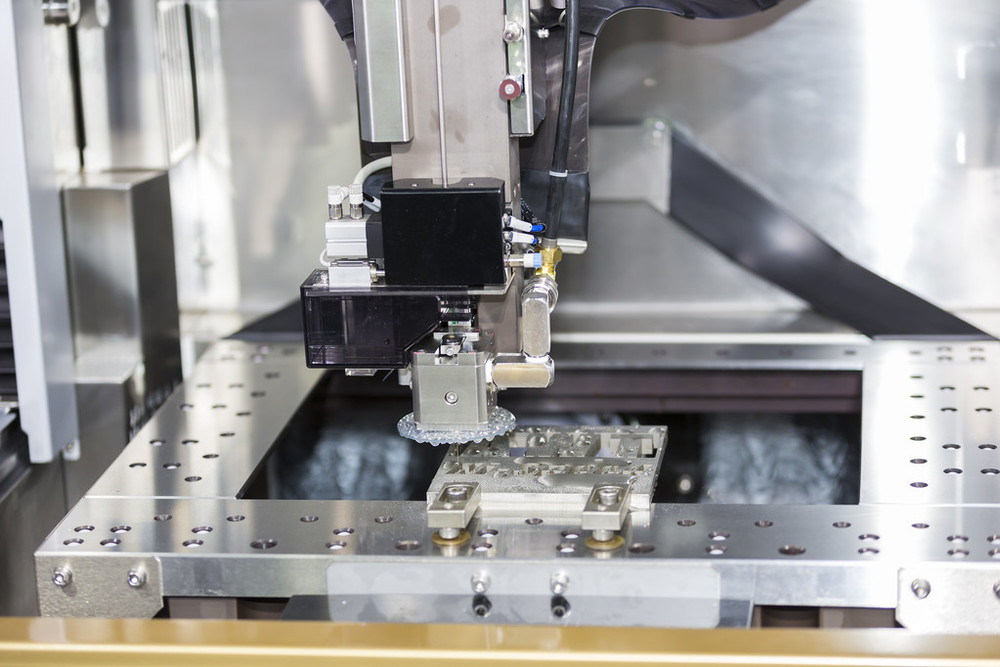
Safety Considerations
1. Light Exposure
That bright light from plasma cutting isn’t just annoying — it’s dangerous. It can mess up your eyes fast. Even a glance at the arc without protection can cause “arc flash,” which feels like grit in your eyes. The UV light from the arc can also burn your skin, just like a sunburn — but it happens a lot faster. Working with laser cutters, especially the more powerful Class 3B or 4, means keeping your eyes safe. A quick look at the beam can mess up your sight.
Always wear proper eye protection. That means a welding helmet or goggles with the right filter shade, and check that they’re in good shape. Normal safety glasses won’t cut it. For your skin, wear flame-resistant gear. Cover your arms, legs, and hands. Don’t leave any skin exposed. Make sure the machine has safety locks on the doors and that you’ll hear or see a warning when it’s on. And of course, don’t skip the training – it’s key for staying safe!
2. Fume, Gas, and Chemical Exposure
Laser cutting and plasma cutting don’t just make sparks — they also release fumes and gases that you can’t always see. Things like nitrogen oxides and ozone come out of the plasma cutting process, and breathing them in can mess with your lungs. They can burn your throat, sting your eyes, and cause breathing problems over time.
In the process of sheet metal waterjet cutting, most people don’t think of abrasives as dangerous, but they can be. In waterjet cutting, those small garnet particles can cause problems if you’re not careful. They can irritate your skin or get into your lungs as dust, especially during clean-up. Over time, that dust can add up and cause real health issues.
What helps? Good ventilation. Use gloves so the dust doesn’t get on your skin. Open doors and windows are a start, but you’ll also want a proper exhaust system near the cutting area. A local exhaust system pulls the bad air out before it spreads. By the way, seal up abrasive bags or containers after finishing sheet metal waterjet cutting. And wash your hands before eating or touching your face. It’s easy to forget, but it makes a big difference.
Keep the filters clean, and make sure everything is working right. If the fumes are really bad, wear a respirator too. And make sure everyone knows the risks — a quick safety talk about fumes can make a big difference.
3. Fire Risk
Sheet metal laser cutting and sheet metal plasma cutting get seriously hot. If there’s anything flammable nearby—like cardboard, oily rags, or even sawdust—you’ve got a fire hazard on your hands. One spark or piece of hot metal can light things up before you know it.
But it’s not just about fire. There’s also a real risk of explosions. If flammable gases like propane or acetylene are leaking and there’s a spark, the whole area could go up. That’s why it’s important to check for leaks and keep gas containers sealed and stored safely.
In addition, keep your workspace clean. Don’t leave flammable stuff near the cutter. Check your hoses and valves before each shift. Make sure everything is grounded right. And know where the fire extinguisher is — and how to use it. Always have a fire extinguisher nearby, and make sure it’s the right type for electrical or fuel fires. Know how to use it—and make sure your coworkers do too. Quick safety checks help catch problems before they start.

4. Mechanical Hazards
Laser cutters aren’t just hot—they move fast. The head zips around, gantries shift, belts spin. Stick your hand in the wrong spot, and you could get pinched or crushed. It doesn’t take much. Furthermore, that jet of water from a waterjet cutter isn’t just strong — it’s dangerous. It can slice through metal, and it can do the same to your hand. People have gotten cut badly just by getting too close. Sometimes, you won’t even feel it at first, but the injury can be serious.
Keep the guards on. Seriously, don’t remove them. The interlocks should stop the machine when a door opens—that’s built-in for a reason. Look over the machine often. Loose bolts? Worn belts? Fix them right away. And don’t let anyone touch the controls without proper training. Safety starts with knowing what you’re doing.
5. Noise Levels
Plasma cutters are loud. Sometimes, during sheet metal cutting, they can make more than 100 decibels of noise, which is about as loud as a chainsaw. If you’re around that kind of noise for too long, your hearing can take a hit. You might not notice it right away, but it adds up.
So always wear hearing protection. Use earplugs, earmuffs, or both. Don’t skip them, even for short jobs. It’s also smart to check the noise level with a sound meter. If it’s too loud, see if there’s a way to bring it down. You can use soundproof panels or build a barrier. And make sure everyone on your team knows why hearing protection matters.
Conclusion: Making an Informed Decision
Choosing the appropriate sheet metal cutting method—laser, plasma, or waterjet—requires a comprehensive understanding of each technology’s strengths and limitations. Here’s a concise summary to aid in your decision-making process:
| Aspect | Laser Cutting | Plasma Cutting | Waterjet Cutting |
| Precision | High (±0.1 mm) | Moderate (±0.5 mm to ±1 mm) | Very High (±0.076 mm) |
| Speed | Fast for thin materials | Fast for thick materials | Slower, especially for thick materials |
| Material Range | Metals, plastics, wood, glass | Conductive metals only | Almost any material |
| Heat-Affected Zone | Small | Larger | None |
| Edge Quality | Smooth, clean edges | Rougher edges may require finishing | Slightly rougher edges |
| Cost (Operational) | Low | Moderate | High |
| Cost (Equipment) | High | Moderate | High |
Sheet Metal Cutting Application Suitability
- Sheet Metal Laser Cutting: Ideal for high-precision cuts on thin materials, such as in the electronics and automotive industries.
- Sheet Metal Plasma Cutting: Best suited for fast cutting of thick conductive metals, commonly used in industrial manufacturing and construction.
- Sheet Metal Waterjet Cutting: Versatile and capable of cutting a wide range of materials, including heat-sensitive ones, making it suitable for applications in aerospace, architecture, and art.
Why Choose Us for Custom Sheet Metal Cutting Service
From design to prototyping to full production, we are here to bring your ideas to life. Our advanced manufacturing solutions are tailored to fit your product, your goals, and your timeline. When you choose us for custom sheet metal waterjet cutting, you’re partnering with a team that values precision, consistency, and forward-thinking methods. We focus on doing the job right — every time.
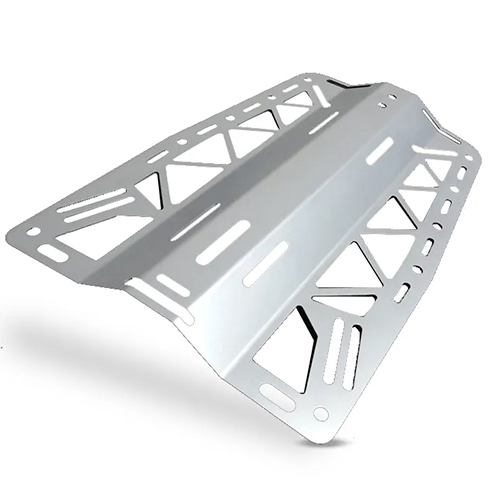
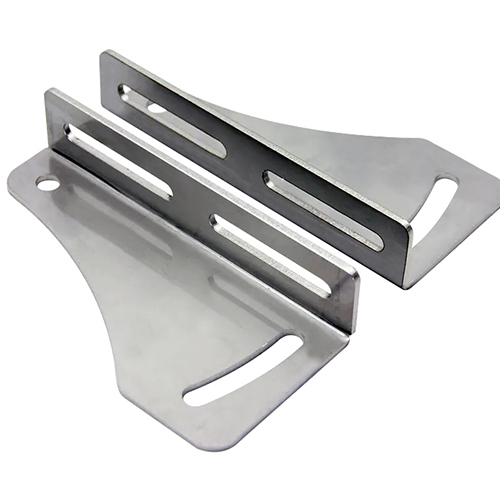
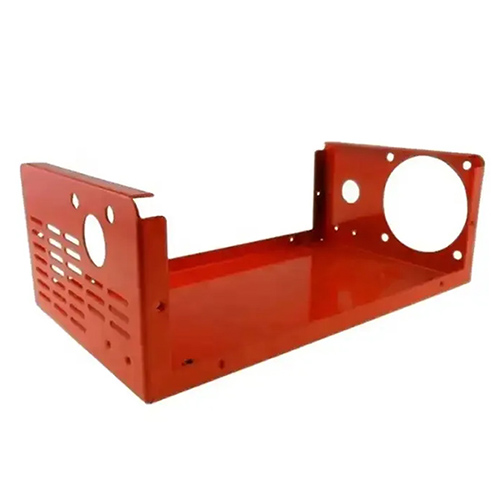
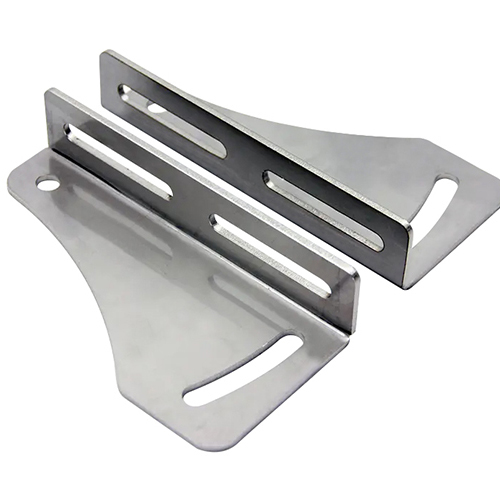
NOBLE customizes sheet metal cutting parts for customers
Here are the key reasons why we’re the right choice for your cutting needs:
- We can produce prototypes quickly because no tooling is required. This allows for fast design changes and multiple iterations without delays. Speed like this is essential for industries where time-to-market matters. When you need to move fast, we help you stay ahead.
- We have years of hands-on experience in sheet metal cutting. Over time, we’ve completed thousands of projects for clients in many different industries. This background gives us deep knowledge of materials, machines, and cutting methods. We use that experience to offer custom solutions that match your needs. Whether you need one prototype, a small production run, or a fully custom part, we know how to deliver. Every job is handled with precision and care, no matter the size.
- We offer high-precision sheet metal cutting with tolerances as tight as ±0.005 inches (0.13 mm). This level of accuracy ensures each part fits exactly as designed. It also helps avoid errors during assembly or final production. Such precision is especially important for parts with fine details or tight design limits. This includes complex shapes, small features, and intricate geometries. Our cutting process is ideal for high-performance parts used in aerospace, automotive, and medical applications, where there’s no room for error.
- We combine advanced technology with a streamlined workflow to finish projects on time. Our system is built for speed and efficiency without sacrificing quality. Whether you need a quick prototype or a full production run, we help reduce lead times at every stage. That means you get high-quality sheet metal cutting parts faster. No delays, no surprises — just reliable delivery you can count on.

Looking for fast, top-quality sheet metal cutting? NOBLE’s got you covered—whether it’s a handful of parts or full production runs. Our skilled crew works on cutting-edge machines and hits exact specs every time. We even throw in helpful design tips to make sure your project goes off without a hitch.
Don’t wait—upload your CAD files now and snag a quick quote!



